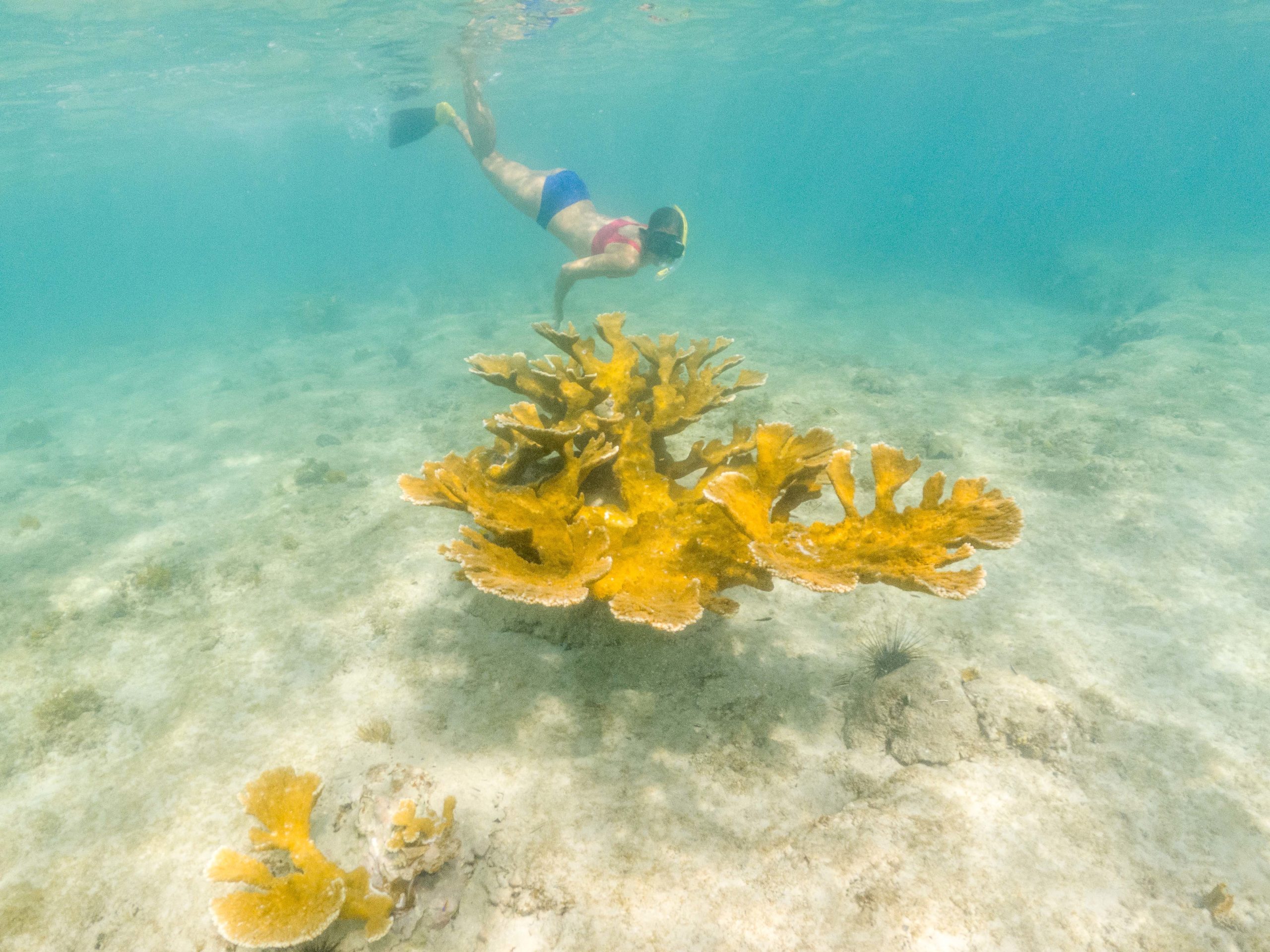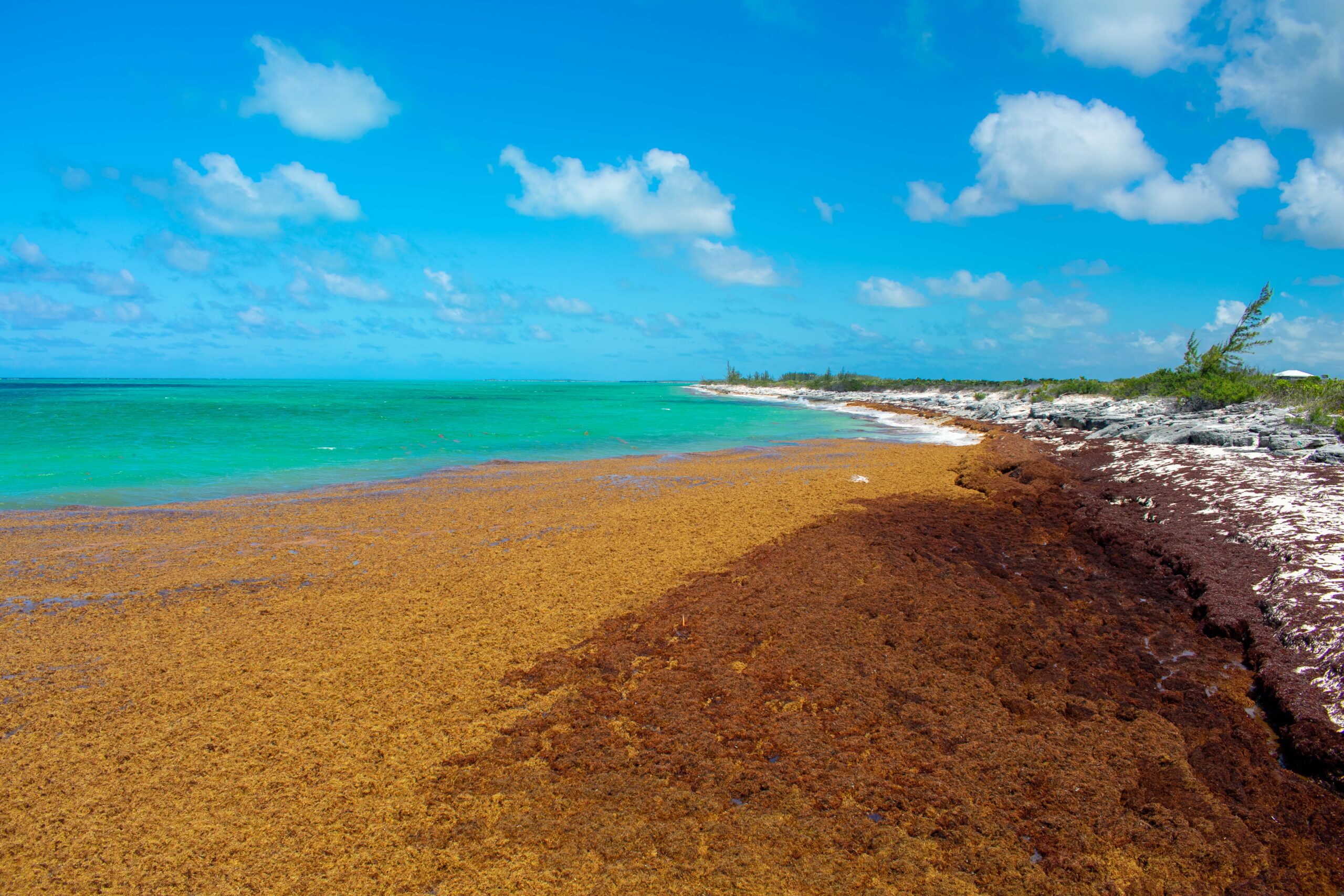Mangroves – Many Splendored, Yet Severely Threatened
There’s much to appreciate in the Caribbean at all times. In the mid-summer/early-fall months, though, few things are more deserving of our thanks than mangroves.
The period I’m referring to is, of course, the height of hurricane season. This is the time when mangroves do the most to protect our islands, working in concert with offshore reefs to provide a natural buffer against the storms. Mangroves alone reduce wave heights by as much as 66%!
As hurricanes continue to get larger and more intense, the importance of mangroves just grows and grows.
The stormy season, though, isn’t the only time mangroves safeguard our islands.
Everyday Benefits of Mangroves
For one thing, few natural resources do more to offset carbon emissions. According to the United Nations Climate Change High-Level Champions, mangroves absorb up to five times more carbon than land-based forests!
Their dense tangle of roots also greatly reduce coastal erosion. Those same roots act as a natural filter, removing pollutants in runoff water and rivers as they empty into the sea.
Cleaner sea water means healthier fish/seafood and thriving reefs. All, of course, are key contributors to economic growth across the Caribbean.
Clear, Present Dangers
Despite these tangible benefits, though, mangroves are very much threatened today. Again from the UN…
…unsustainable use and increasing economic development pressure have led to an alarming loss of global mangrove cover. If things carry on as they are, every unprotected mangrove forest will disappear by the end of this century.
One of the main culprits, ironically, is the tourism and hospitality industry. The same tourism and hospitality industry that relies so heavily on mangroves to protect our islands, our surrounding seas, and in turn, their investments.
As most of what draws visitors to our region centers on our coasts, naturally the majority of tourism development is based there. Often, over the years, that development has been at the expense of mangroves.
Sustainability Solutions
So, what’s to be done about this? How can we help to preserve mangrove forests while also ensuring their proliferation well into the future?
Tread Lightly
Visiting mangrove areas exposes travelers to one of the more dynamic, wildlife-rich ecosystems that the Caribbean has to offer. If/when you go, though, please go softly. Heightened wave action caused by careless boaters fast-tracks erosion beyond levels that mangroves can mitigate. Climbing atop the roots, or tying boats to them also causes damage. Best to look and not touch as much as possible, ideally aboard a kayak or paddleboard.
Mind Where You Stay
While big players in travel and hospitality are largely to blame for mangrove decimation throughout the Caribbean, some corners of the industry are working to right past wrongs. Among the biggest is Iberostar. The huge (100+ properties) resort chain pledged in 2020 to achieve carbon neutrality by 2030. A big part of that effort includes the planting of new mangrove forests. All told, the company estimates that it will restore upwards of 560,000 mangroves!
Dress Appropriately
Buy One. Plant One. That’s the mantra of MANG, an apparel company based in West Palm Beach, Florida that’s all about sustainability. Their “Gear That Gives” – performance shirts ideal for all things outdoors – have built in UPF 50 sun protection. This, of course, helps to sustain the wearer. Each piece of MANG apparel that you buy, though, also helps to sustain mangroves. True to its mantra, the company plants a new mangrove with every purchase.
Support, Volunteer
Local environmental conservation groups exist throughout the Caribbean. Many focus their efforts in part on preserving mangrove habitats. All welcome assistance, and/or offer ways for eco-conscious travelers to get involved. What follows is an incomplete list including some of these organizations. We’ll continue updating this list as we hear of additional organizations, so be sure to check back prior to your future travels to our islands…
Antigua and Barbuda – Marine Ecosystems Protected Area Trust
Belize – Caye Caulker Strong Mangrove Project
Bonaire – Mangrove Maniacs
Dominican Republic – Fundación Ecológica Maguá
Grenada – Grenada Fund for Conservation
Union Island, St Vincent and the Grenadines – Ashton Lagoon Restoration Project
U.S. Virgin Islands – Mangrove Restoration Project
Vieques – Vieques Conservation and Historical Trust



